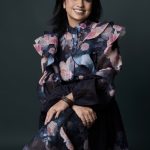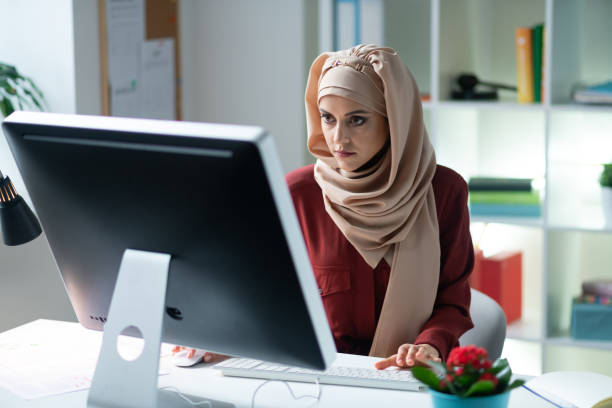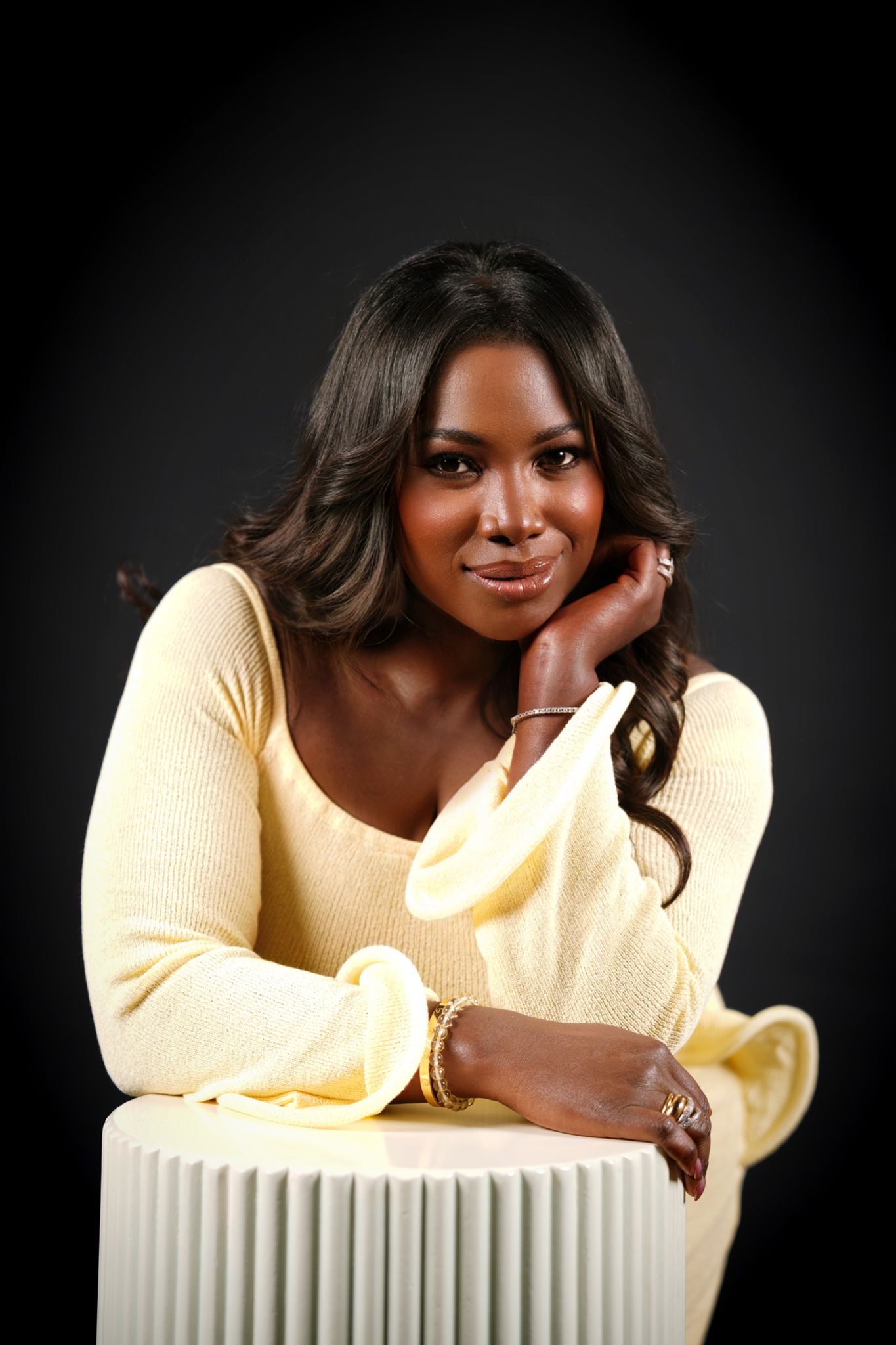Saudi Arabia’s journey towards modernization and social change over the past few decades has been accompanied by remarkable progress in the realm of art. From the relatively short history of the Saudi art movement, a unique narrative emerges – one that reflects the evolving status of women within the country.Dr. Lama Al-Badna, a Saudi researcher, has delved into this narrative by exploring how Saudi women have been portrayed in art from the 1960s onwards. Her study analyzes 111 artworks created by Saudi artists between 1969 and 2019, shedding light on the social, political, and economic context that shaped these depictions.One of the standout artworks, “The Hijazi Mona Lisa” by Safeya bint Zager, captures the essence of its time. The piece showcases a woman adorned in traditional clothing from Hijaz, Makkah, symbolizing a significant shift in societal norms. This period marked the advent of female education, which began six decades after education for boys. The Saudi government’s first development plan in 1970 played a pivotal role in integrating women into public education and healthcare systems, fostering their realization of their potential.Dr. Al-Badna utilizes Karl Marx’s theory of false consciousness to explain the transformation of Saudi women’s awareness of their mental, intellectual, and physical capabilities. As women entered different public spaces and joined the workforce, their empowerment grew. Earning an income empowered them to make decisions within their families and reshape their realities.Throughout decades, Saudi women in traditional wear and settings have been a recurring theme in artworks. However, their interpretations have evolved in parallel with the shifting social landscape. The aftermath of the Iranian revolution in 1979 and the Grand Mosque incident in 1979 had a profound impact on Saudi women’s status and image, resulting in a conservative wave that reverberated throughout the region.As Saudi society modernized, artists’ depictions of women evolved accordingly. Initially, artists portrayed women based on what they saw with their own eyes, reflecting the reality. However, this perspective shifted over time to incorporate folklore and escapism from modernity. The period from the 1980s to 2000 saw Saudi women’s representation as blurry and ambiguous due to their limited visibility in media and public spaces.Female artists emerged as authentic voices during this period. From 2010 onwards, Saudi women artists began boldly expressing themselves and addressing societal issues head-on. The rise of social media provided a platform for unfiltered expression, allowing women to vocalize their struggles and challenge norms.The Saudi government’s support has played a vital role in nurturing the burgeoning art scene. Initiatives by the Ministry of Culture have bolstered cultural interest and propelled the growth of Saudi artists across various disciplines since 2019. Female artists, in particular, have embraced upcoming changes, reflecting the Kingdom’s progressive transformation.Amidst these changes, Saudi Arabia is steadily positioning itself as a hub for vibrant artistic movements in the Middle East. The art scene not only serves as a reflection of the nation’s evolving social fabric but also empowers women to define their roles, aspirations, and identities in a rapidly changing world.
Saudi Women in Art: Reflecting Social Change and Empowerment Through the Decades









ukbcar